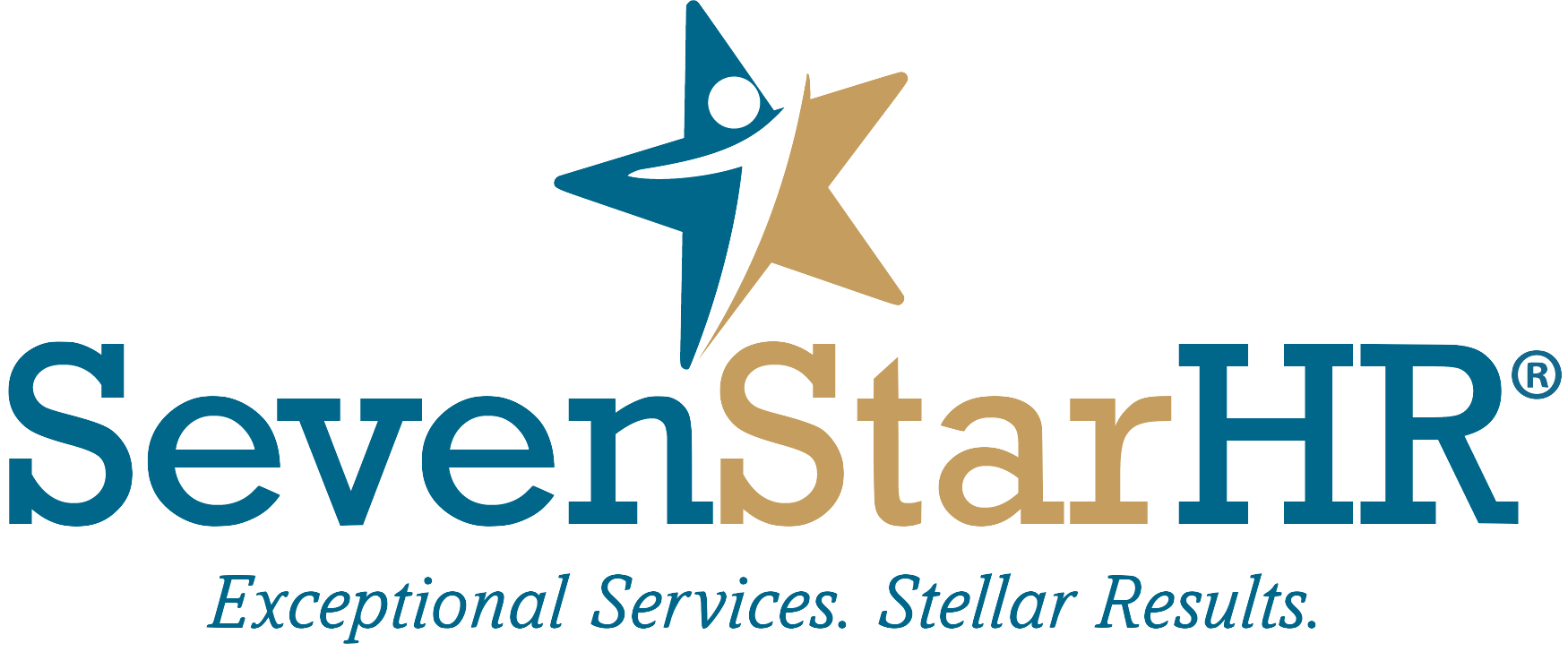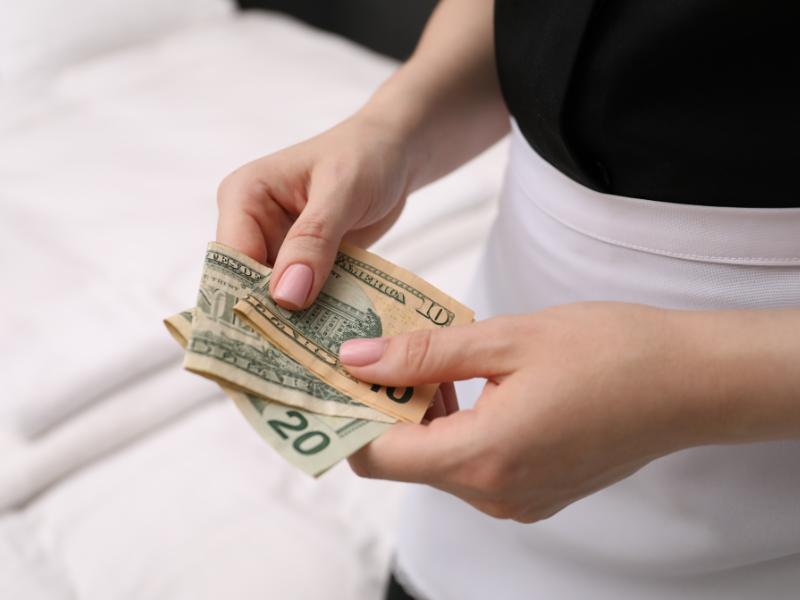Update: IRS Releases Official List of Occupations Eligible for No-Tax-on-Tips Deduction
The IRS has released its proposed regulations ahead of schedule, providing much-anticipated clarity on the occupations eligible for the no-tax-on-tips deduction under the One Big Beautiful Bill Act (OBBBA). This is a key update for employers navigating the rollout of the law.
The proposed regulations—published in the Federal Register on September 22, 2025—lay out how businesses must track and report tip income, and more importantly, they finalize the list of occupations eligible for the new deduction.
Why It Matters for Employers and Workers
The no-tax-on-tips provision gives a personal income tax deduction to employees and independent contractors who receive qualified tips. Businesses will be responsible for tracking these tips throughout the year and reporting them on Form W-2 or Form 1099-NEC beginning in tax year 2026.
This means employers need to be clear on who qualifies, how tips are defined, and how to distinguish eligible payments from those that don’t count—like automatic service charges.
The Occupations That Qualify
The law required Treasury to issue a list of “occupations that customarily and regularly received tips” by the end of 2025. That list is now official—containing 68 occupational titles with accompanying codes to be used on tax forms, beginning with W-2 Box 14b.
Here is the full list as published in the proposed regulations:
Beverage & Food Service
101 Bartenders
102 Wait Staff
103 Food Servers, Nonrestaurant
104 Dining Room and Cafeteria Attendants and Bartender Helpers
105 Chefs and Cooks
106 Food Preparation Workers
107 Fast Food and Counter Workers
108 Dishwashers
109 Host Staff, Restaurant, Lounge, and Coffee Shop
110 Bakers
Entertainment & Events
201 Gambling Dealers
202 Gambling Change Persons and Booth Cashiers
203 Gambling Cage Workers
204 Gambling and Sports Book Writers and Runners
205 Dancers
206 Musicians and Singers
207 Disc Jockeys, Except Radio
208 Entertainers and Performers
209 Digital Content Creators
210 Ushers, Lobby Attendants, and Ticket Takers
211 Locker Room, Coatroom, and Dressing Room Attendants
Hospitality & Guest Services
301 Baggage Porters and Bellhops
302 Concierges
303 Hotel, Motel, and Resort Desk Clerks
304 Maids and Housekeeping Cleaners
Home Services
401 Home Maintenance and Repair Workers
402 Home Landscaping and Groundskeeping Workers
403 Home Electricians
404 Home Plumbers
405 Home Heating and Air Conditioning Mechanics and Installers
406 Home Appliance Installers and Repairers
407 Home Cleaning Service Workers
408 Locksmiths
409 Roadside Assistance Workers
Personal Services
501 Personal Care and Service Workers
502 Private Event Planners
503 Private Event and Portrait Photographers
504 Private Event Videographers
505 Event Officiants
506 Pet Caretakers
507 Tutors
508 Nannies and Babysitters
Personal Appearance & Wellness
601 Skincare Specialists
602 Massage Therapists
603 Barbers, Hairdressers, Hairstylists, and Cosmetologists
604 Shampooers
605 Manicurists and Pedicurists
606 Makeup Artists
607 Exercise Trainers and Group Fitness Instructors
608 Tattoo Artists and Piercers
609 Tailors
610 Shoe and Leather Workers and Repairers
611 Eyebrow Threading and Waxing Technicians
Recreation & Instruction
701 Golf Caddies
702 Self-Enrichment Teachers
703 Sports and Recreation Instructors
704 Tour Guides
705 Travel Guides
706 Recreational and Tour Pilots
Transportation & Delivery
801 Parking and Valet Attendants
802 Taxi and Rideshare Drivers and Chauffeurs
803 Shuttle Drivers
804 Goods Delivery People
805 Personal Vehicle and Equipment Cleaners
806 Private and Charter Bus Drivers
807 Water Taxi Operators and Charter Boat Workers
808 Rickshaw, Pedicab, and Carriage Drivers
809 Home Movers
A Quick Refresher: What Counts as a Qualified Tip?
According to the IRS, qualified tips must meet these criteria:
Paid in cash or cash equivalents (checks, credit/debit cards, or gift cards)
Given directly by customers or distributed via a voluntary or mandatory tip pool
Voluntary in nature—not fixed or automatically added to the bill
So, automatic service charges (like a mandatory 18% gratuity) are not eligible under the new rule, even if that money is later distributed to employees.
Additional Context
The no-tax-on-tips deduction allows eligible taxpayers to deduct up to $25,000 in qualified tip income per year, with the deduction phasing out for individuals earning more than $150,000 and for joint filers earning over $300,000.
This benefit applies whether or not a taxpayer itemizes and is available for tax years 2025 through 2028. For now, tip income earned in 2025 will be reported under the current system, with changes taking effect starting with 2026 W-2s. Employers and contractors are still waiting for the IRS to issue updated Form 1099-NEC instructions for reporting tip income under the new rules.
What Employers Should Do Now
Review the occupational list and flag any positions in your workforce that fall under the IRS definitions.
Start tracking tips by role now—even before the forms change.
Make sure your payroll systems and reporting workflows are ready for W-2 Box 14b coding by the end of 2026.
Communicate clearly with independent contractors, especially those who will require 1099 reporting.
We’ll continue to provide updates as the IRS finalizes its guidance. For now, this proposed list brings a much-needed level of clarity to an important—and time-sensitive—part of the new law.
If you missed our earlier breakdown of the law behind the no-tax-on-tips deduction, you can catch up here.

